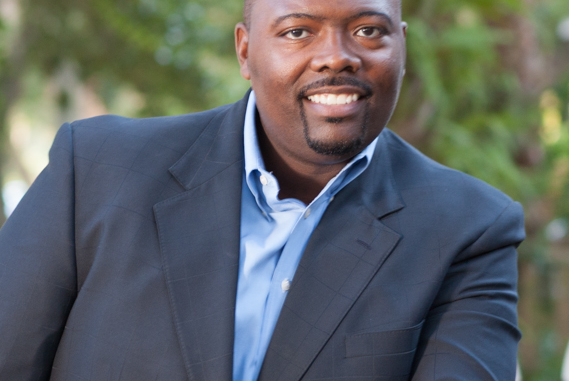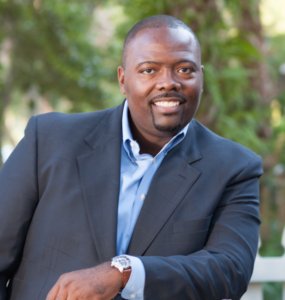

by Reggie Fullwood
Congrats to Diana Greene, superintendent of the School District of Manatee County, who was unanimously chosen to lead Duval County Public Schools (DCPS) last week. Green will be the first black woman (not in an interim role) to lead the district.
Although Duval is much larger than Manatee, Greene seems to be up to the challenge. One of the areas that she will have to spend some strategic planning on is how to rejuvenate our neighborhood schools and keep the doors open. With may parents choosing the go the charter school route or the voucher road, which allows a student to attend a private school that accepts the state funded monthly stipend, attendance has dropped in most core city schools.
DCPS has about 200 schools with 128,000 students, which makes it the sixth largest district in Florida. Many of our schools are old and lack the capital improvements needed that allow them to be functional in today’s educational environment.
For example, some of our schools have limited Internet and Wi-Fi because the old buildings can’t be properly retrofitted to accommodate new technology. It’s an issue that needs to be addressed. But getting back to the core city public schools, how do you keep the doors open with slowly dwindling student populations? Or maybe the better question is should we continue to aggressively consolidate schools in order to save money and better use existing resources?
It is hard not to have this discussion without considering charter schools as a part of the equation. For example, should struggling schools be turned over to successful charter organizations that maybe able to turn student achievement around? These are just a few questions facing the new superintendent.
“Whether created by parents and teachers or community and civic leaders, charter schools serve as incubators of innovation in neighborhoods across our country,” said President Barack Obama.
He added, “These institutions give educators the freedom to cultivate new teaching models and develop creative methods to meet students’ needs.”
Often times us public school advocates are not charter school supporters. The assumption that good public schools and good charter schools can’t coexist is certainly false. I am a major supporter of public education, and have always been somewhat leery about charters until recently. The charters that are true nonprofit educational institutions focused unique learning methods or certain areas of academic concentration are good for education overall.
And sometimes competition is a good thing. The reality is simple – if we improve our public schools parents will send their children to the neighborhood schools.
And I am not saying support every charter application that comes in the door because when it comes to charter schools in Jacksonville and around the state we have seen the good, bad and the ugly.
Most school systems both state and local have turned to a mixture of programs aimed at providing “choice” and specialized education options for students and parents. One of the main strategies being used around the country is charter schools.
Charter schools are essentially privately-run, but publicly funded institutions that must meet state and federal educational standards. However, the biggest difference is the flexibility that the schools have versus traditional public schools.
And it is important to acknowledge that charters do have some administrative and operational advantages that traditional neighborhood schools don’t have.
Charters typically don’t allow their teachers to be in unions and principles have the authority to hire and fire educators as they choose.
These schools continue to grow in popularity. “In 2016-17, there are more than 6,900 charter schools enrolling an estimated 3.1 million students,” according to the National Alliance for Public Charter Schools. The figures represent more than seven percent of all public schools.
Take Washington, D.C. for example; over 40 percent of all public school students there attend charters.
But much like Frankenstein’s monster, many things created for good can be misused or overused.
Many of these charters are run by for profit organizations that look at these schools as profitable business lines. In fact, many of them do not have local boards, and very little accountability.
While some see charters as saviors many others see them as the tools being used to dismantle public education. In fact, the charter school dilemma is not unique to Florida. The National NAACP recently decided to sue the state of New York to prevent them from closing some 22 underperforming public schools and turning them over to charter organizations.
The NAACP suit basically questions if charter schools are the best solution for struggling public schools. The organization formed a task force that concluded, “While high quality, accountable and accessible charters can contribute to educational opportunity, by themselves, even the best charters are not a substitute for more stable, adequate and equitable investments in public education in the communities that serve our children.”
I believe that good charters have a place, but we should not be willing to trade off neighborhood public schools for charters schools. Strong quality neighborhood schools and charters can coexist. In fact, I think that we need to start using the best practices of good charter and private schools to help make our public schools better.
Signing off from Pine Forest Schools of the Arts,
Reggie Fullwood

Be the first to comment